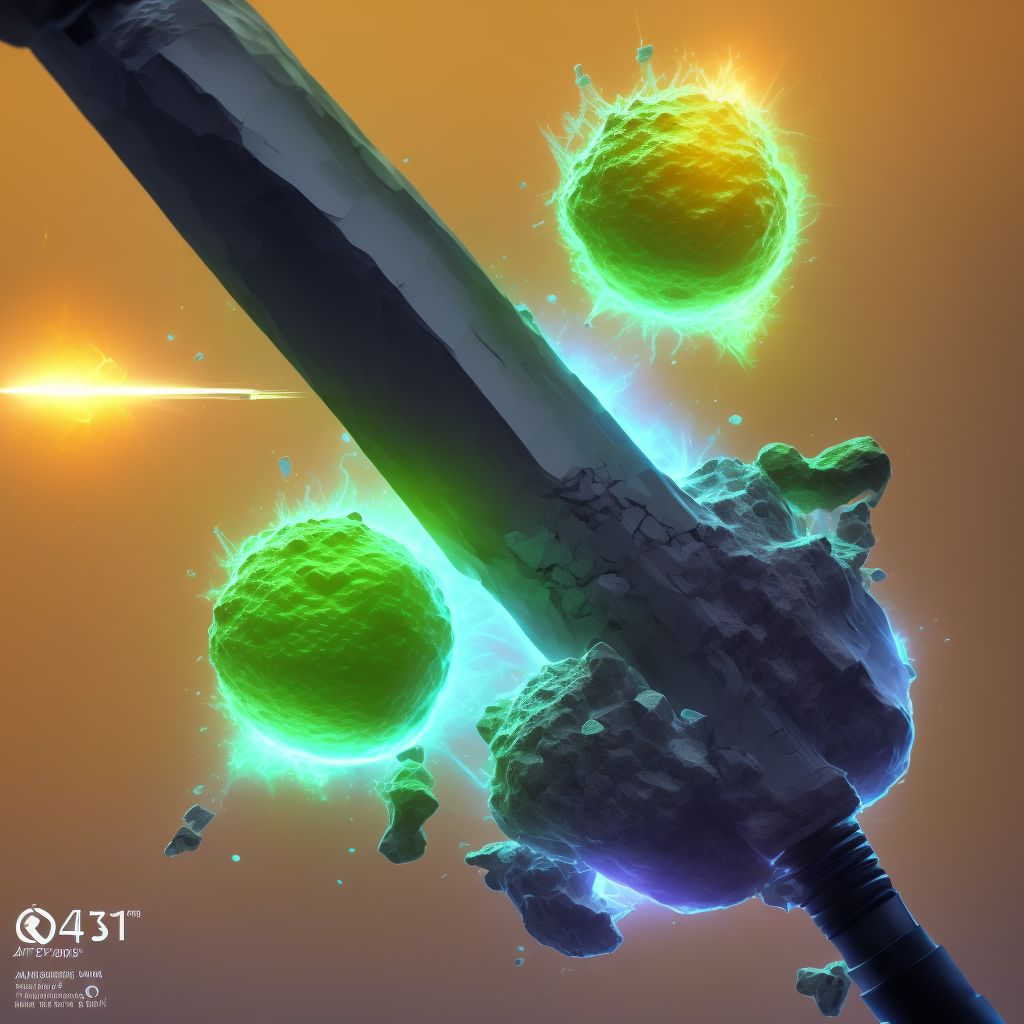
Other fracture of shaft of unspecified tibia, subsequent encounter for closed fracture with nonunion Save
ICD-10 code: S82.299K
Disease category: S82.299: Other fracture of shaft of unspecified tibia
Understanding Other Fracture of Shaft of Unspecified Tibia, Subsequent Encounter for Closed Fracture with Nonunion
When it comes to bone fractures, the tibia (shinbone) is a commonly affected bone. One specific type of fracture is known as "other fracture of shaft of unspecified tibia, subsequent encounter for closed fracture with nonunion." This condition occurs when there is a break in the shaft of the tibia, and the fracture does not heal properly, resulting in nonunion.
Nonunion refers to a situation where the fractured bone fails to heal within the expected timeframe. In the case of the tibia, this can lead to pain, limited mobility, and difficulty in performing daily activities. It requires careful management and monitoring to ensure the best possible outcome.
It is important to note that the specific causes of this type of fracture can vary. Trauma, such as a fall or direct blow to the leg, is a common cause. Additionally, certain medical conditions, like osteoporosis or bone infections, can weaken the bone, making it more prone to fractures.
Diagnosing this condition involves a thorough examination by a healthcare professional, including a review of the patient's medical history and physical examination. X-rays or other imaging tests may also be performed to assess the extent and location of the fracture.
- Symptoms: Common symptoms associated with this condition include pain, swelling, tenderness, and difficulty bearing weight on the affected leg. Some individuals may also notice deformity or an abnormal appearance of the leg.
- Treatment: While this article does not cover treatment options, it is important to consult a healthcare professional for appropriate medical advice tailored to the patient's specific situation.
- Prevention: Although it is not always possible to prevent fractures, certain measures can be taken to reduce the risk. These include maintaining a healthy lifestyle, engaging in regular weight-bearing exercises, and consuming a balanced diet rich in essential nutrients for bone health.
In conclusion, "other fracture of shaft of unspecified tibia, subsequent encounter for closed fracture with nonunion" refers to a type of tibia fracture that did not heal properly. Prompt diagnosis and appropriate treatment are essential to ensure the best possible outcome for patients with this condition. If you suspect you have suffered a tibia fracture or are experiencing symptoms, it is crucial to seek medical attention from a qualified healthcare professional.
Treatment of Other fracture of shaft of unspecified tibia, subsequent encounter for closed fracture with nonunion:
Treatment Options for 'Other Fracture of Shaft of Unspecified Tibia, Subsequent Encounter for Closed Fracture with Nonunion'
Dealing with a fracture can be a challenging and painful experience. In particular, an 'Other Fracture of Shaft of Unspecified Tibia, Subsequent Encounter for Closed Fracture with Nonunion' requires specialized treatment to promote healing and restore functio...
To see full information about treatment please Sign up or Log in